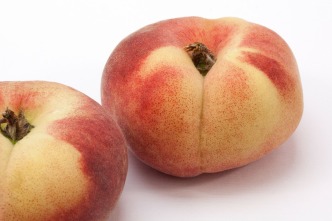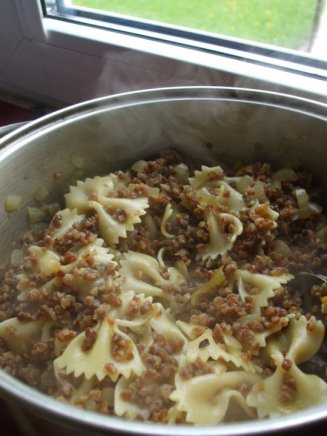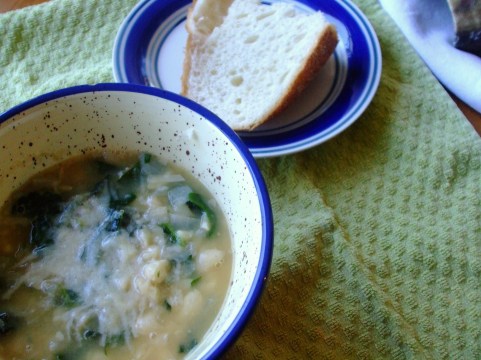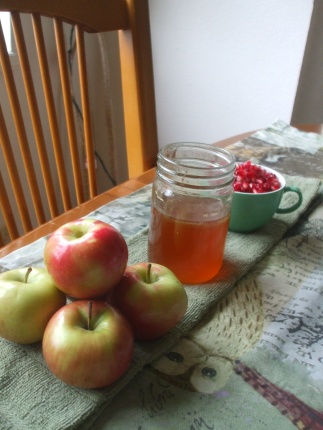
In my grad program, there’s been a lot of discussion about The Future of the Book (ominous capitals very much intended). We discuss reading rates and literacy programs. We discuss what kids are up to these days. And perhaps inevitably, we talk about the rise of ebooks, and the slowing of the rise of ebooks.
We don’t have many extremists on either end of the scale. Most of us acknowledge that while we might have a personal preference, it’s our role as future librarians to provide users with whatever materials they prefer. This will certainly include ebooks, but given both people’s personal preferences and the state of e-readers’ digital divide, physical books will probably be in demand for a while longer.
But once in a while, I’ll hear a classmate say, “Ebooks are the future. That’s inevitable. We can’t change that.”
Whoa there, Pythia. Let’s stop and think. What are the ways in which ebooks could completely take over the reading world under their steam?
Well, paper could be outlawed worldwide for environmental reasons. (The statistics on how much energy is consumed to produce ebooks and charge e-readers would be gently ignored.)
But people are still making the decisions there — ebooks themselves aren’t deciding anything. Hmm.
What if publishers decided that they had to switch to 100% electronic formats to save money (although many people say that we’re vastly overestimating printing costs, and that authors are getting a raw deal in an ebook-heavy industry)?
No, people are still calling the shots there. Inasmuch as any technology can be neutral (which is a big enough debate for its own post series), ebooks seem to be pretty chill.
I should add here that I love ebooks. I also love physical books. I like downloading stories and textbooks in seconds, and I like the heft of 300 paper pages in my hands. Having these different technologies available is super helpful in matching format with function.

“What’s he training for? A marathon?” “Naah, he’s bringing Harry Potter and the Order of the Phoenix home to his kids on Friday.”
But here’s something germane I read in class this quarter: In the physical sciences, like astronomy and chemistry, false theories won’t change the nature of reality. You can say “The sun orbits the earth” all you want, but it won’t change the truth.
In the social sciences, things work a bit differently — theories are the basis for action, which can change reality. For example, if you say, “Nobody uses the library anymore; they have Amazon and Google,” that theory could be used to justify shortening a library’s hours or even closing it altogether — and then, in accordance with your theory, library usage would indeed decrease.

Also, if you theorize that your neighbour’s livestock have no right to your land, apparently a fence will make that belief true. Who knew?
So when I hear things like “Ebooks are the inevitable future,” it scares me a little bit. There are all kinds of readers in the world, with all kinds of needs. Ebooks aren’t looming over us with swords, threatening destruction if we don’t adopt them. We still have a choice in how and where and when they’re used. If you prefer ebooks, read and buy ebooks. If you prefer physical books, read and buy those. But a reading culture is healthiest, I believe, when its members acknowledge that diversity (of both genre and format) is a beautiful, strengthening thing.

All right, Pixabay, show me what you’ve got for “strong”. … Really? Interesting.
Anne Fadiman’s Ex Libris: Confessions of a Common Reader doesn’t address these tensions, per se; she focuses more on celebrating books as physical forms. The narrative centers on her and her husband’s attempts to integrate their two personal libraries. If you’ve ever done this yourself, you know how traumatic it can be. Do you get rid of duplicates? How will you arrange your collective library? Will you be allowed to file your mystery novels by publication date, just like you’ve always done? And will your significant other be persuaded to stop interfiling cookbooks with poetry anthologies?
It’s these small tensions that Fadiman describes in lyrical detail, as well as many other small portraits of her interactions with the printed word. Whether you prefer physical tomes or couldn’t live with your Kindle, Ex Libris will touch the heart of anyone who loves books.
———
Photo credit: Book cover from Better World Books; weightlifter from tpsdave, fence from DanEvans, and peaches from stux on Pixabay.



















